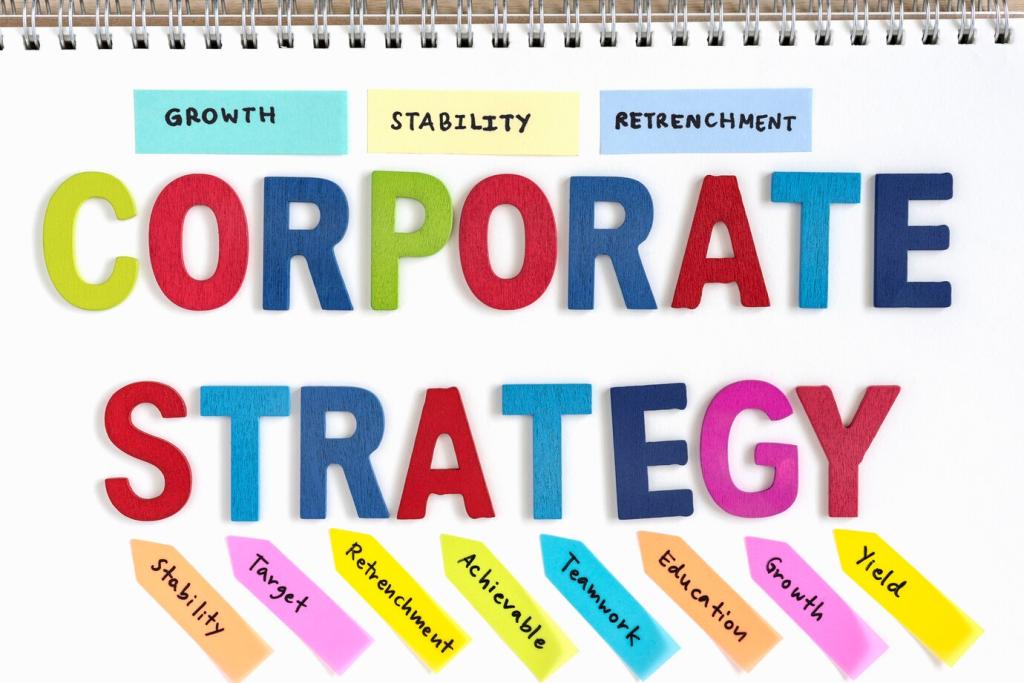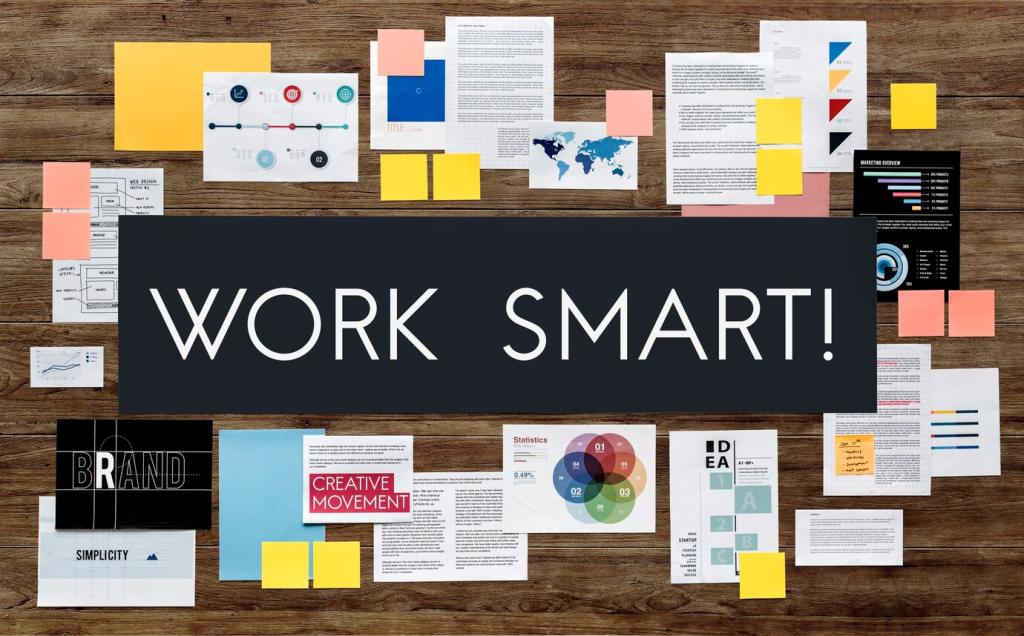Metrics That Matter for MVPs
Measure time-to-first-value and week-over-week returning users rather than total sign-ups. A small cohort that returns consistently beats a large, silent list. Share your activation moment definition and we will help make it observable within your analytics.
Metrics That Matter for MVPs
Segment users by acquisition week or use case. Compare activation and retention across cohorts to see whether learning compounds. If your latest cohort performs worse, pause feature work and investigate. Post a cohort snapshot and we will interpret it with you.








